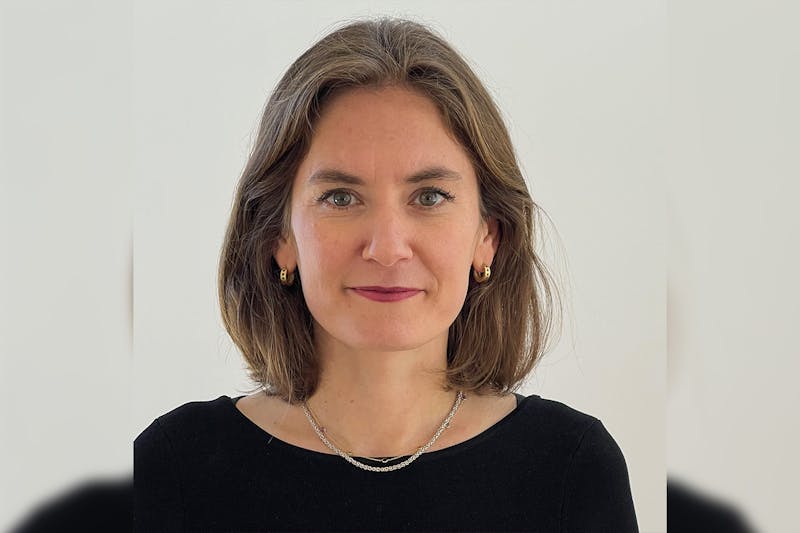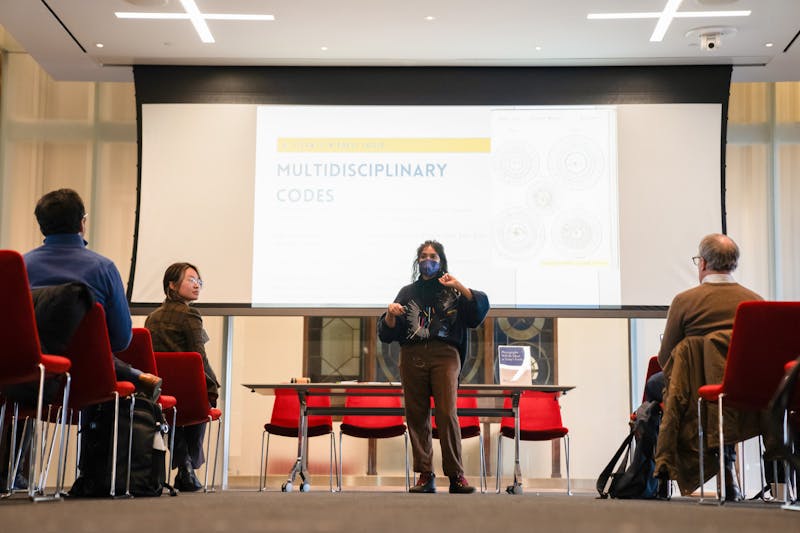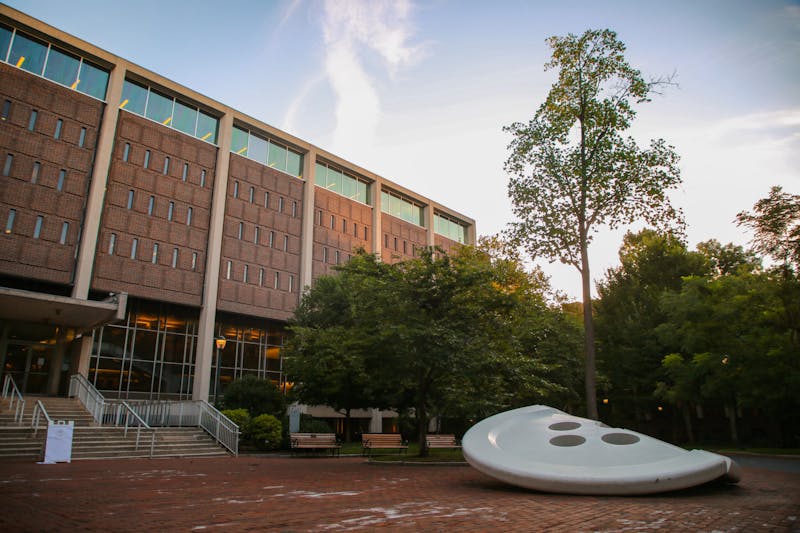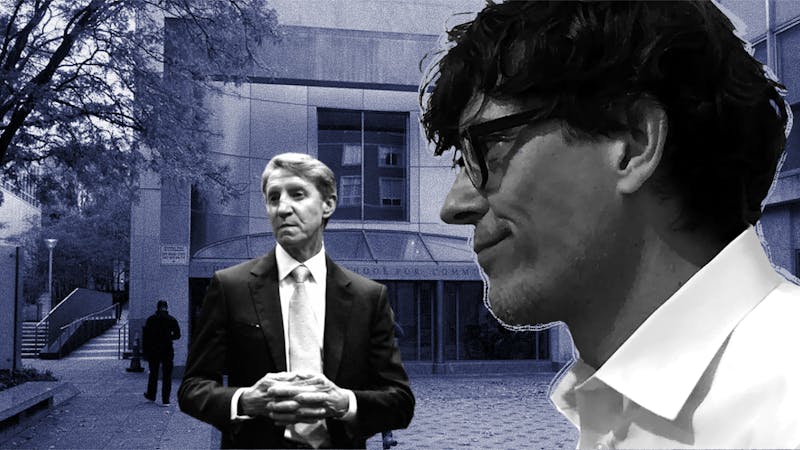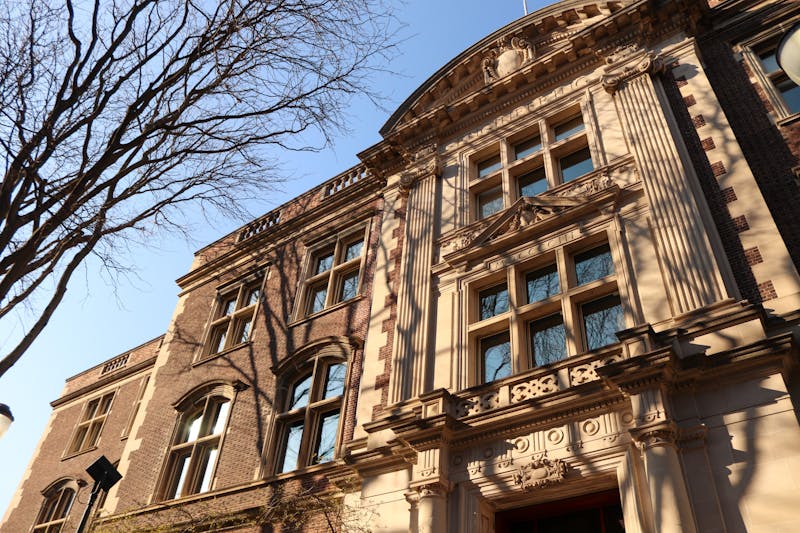
The Society of Environmental Journalists held its annual conference at Penn from April 3-7, drawing hundreds of reporters to campus to explore climate stories and learn how to combat disinformation.
The five-day conference was hosted by Penn's Annenberg Public Policy Center and Center for Science, Sustainability and the Media. The theme of this year’s conference was “Democracy, Disinformation, Activism – What’s Environmental Journalism’s Role?”
This year marked the 33rd conference organized by SEJ, a North American organization founded in 1990 for journalists who cover environmental issues. At the conference, participants were able to hear from distinguished speakers, attend seminars and workshops, and go on local bus tours in Philadelphia. Notable speakers this year included United States Environmental Protection Agency Administrator Michael Regan, as well as Penn professors Michael Mann and Kathleen Hall Jamieson.
Mann is the Presidential Distinguished Professor in the Department of Earth and Environmental Science and director of the Penn Center for Science, Sustainability and the Media. In a statement to The Daily Pennsylvanian, he discussed the importance of scientific communicators and journalists in combatting disinformation in everything from public health to climate change.
“Science is at the core of the great existential challenges we face today, and ideologically-motivated antiscience and disinformation has constituted a major threat to our efforts to confront these challenges,” Mann said.
Mann wrote that Penn was particularly well-suited to host this conference because of its strengths in communication.
“The threat of misinformation and disinformation to effective environmental communication is the key theme at this year’s SEJ, and Penn is a leader in understanding how to combat misinformation and disinformation,” Mann said.
Mann and Jamieson — who is the director of APPC — were featured panelists in a lunchtime session titled “The Intersection Between Disinformation Research and Climate Science.” In the conversation, Mann and Jamieson discussed Mann’s recent victory in a $1 defamation million suit against bloggers Rand Simberg and Mark Steyn. The case argued that the bloggers defamed Mann in a series of blog posts discrediting his climate change research in 2012.
“It’s a more common move now to discredit the person than to discredit the argument, and that’s the move that was made against Mike, to discredit the person on grounds that had nothing to do with the science to discredit the science,” Jamieson said.
Mann expressed hope that the ruling would encourage other scientists to speak out.
“There are basic protections out there, and I hope that my fellow scientists who are afraid to speak truth to power are more willing to do that now,” Mann said.
Participants were also able to take bus tours to engage in environmental journalism in the Philadelphia area — an aspect that Jamieson believes made Penn particularly attractive to the SEJ conference.
“Any large major metropolitan area is concerned about issues such as flooding and extreme weather that are increasingly likely," Jamieson said. "As a result, being in a major metropolitan area lets a journalist feature the ways in which extreme weather is affecting that kind of a built environment."
She added that East Coast cities with major fossil fuel production, including Philadelphia, face the additional concern of rising sea levels that disproportionately affect individuals who are already "disadvantaged by society."
The conference featured several others Penn community members. Emily Falk, vice dean of the Annenberg School for Communication and professor of communication, psychology, and marketing, led a workshop on using psychological research and technology to cover environmental narratives.
Penn students also had the opportunity to participate in the conference. Currently, Mann and Jamieson co-teach an undergraduate and graduate level course called COMM 4330: “Climate Change and Communication: Theories and Applications.” As part of SEJ, students presented white papers on leading climate myths and conspiracies and conducted interviews with environmental journalists. They were able to interact with both speakers and participants at the conference.
“It was so awesome to be in a space with all these people who are so passionate about climate change and communication,” College junior Bronwyn Patterson, a student in the class, said.
Michael Muldoon, a second year in the Master of Environmental Studies program, said that while he does not want to pursue a career as a reporter, the conference gave him a different perspective on journalism.
“It was just a great experience in demystifying journalism, and not treating journalists like they're some sort of alien species,” Muldoon said.
The Daily Pennsylvanian is an independent, student-run newspaper. Please consider making a donation to support the coverage that shapes the University. Your generosity ensures a future of strong journalism at Penn.
Donate







